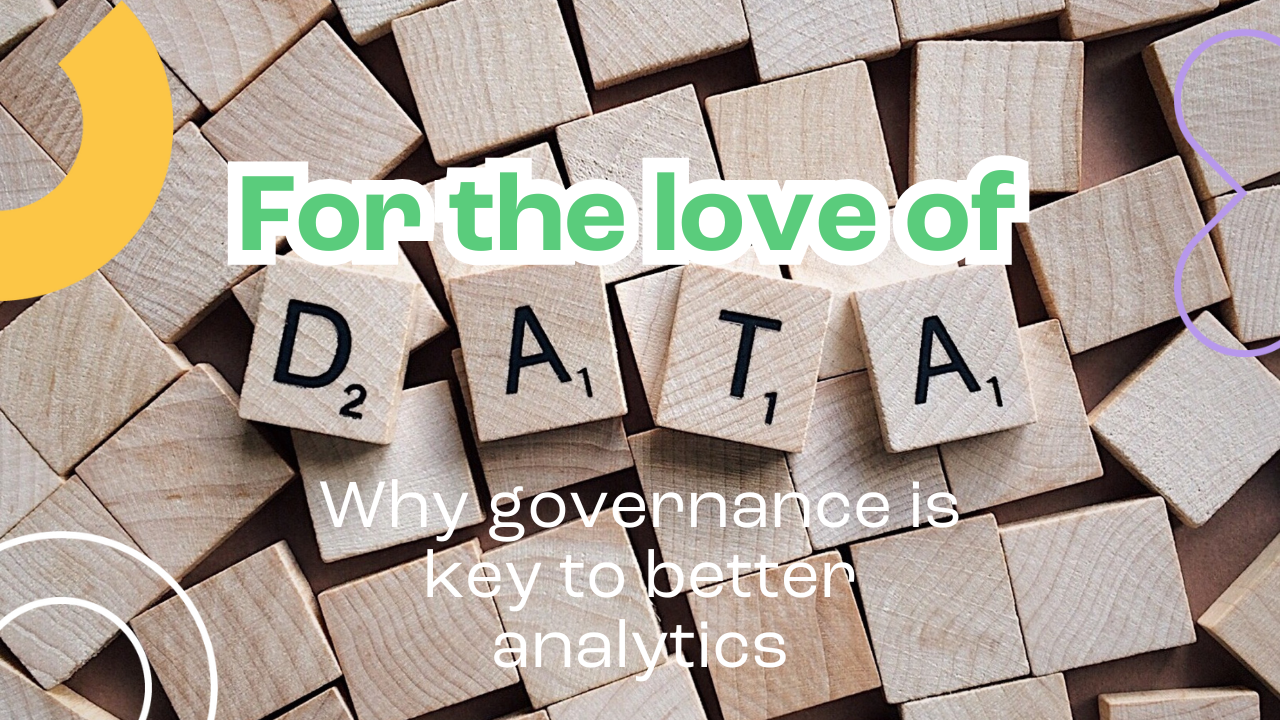Machine learning is an exciting area of study that is revolutionising many industries, including healthcare, finance, and even entertainment. At its core, machine learning is an artificial intelligence (AI) technique that teaches computers to learn from existing data to make accurate predictions or decisions on new, unseen data.
In this blog, we will explore the four main types of machine learning: supervised, unsupervised, semi-supervised, and reinforcement learning. Each type of learning has its own unique approach to learning from data, and we will examine the key features of each.
We will also take a closer look at some of the most popular algorithms used in machine learning. It is essential to select the right algorithm for the task at hand, and we will discuss the key factors to consider when making this choice.
So, whether you are a beginner looking to get started in machine learning, or an experienced practitioner seeking to expand your knowledge, this blog has something for everyone.
Let’s get started and explore the fascinating world of machine learning algorithms!
1. Linear regression
At the heart of many data prediction tasks lie the simple yet powerful machine learning algorithm, linear regression. Based on supervised learning, this algorithm uses a statistical approach to model the relationship between a dependent variable and one or more independent variables.
While often considered one of the most straightforward machine learning algorithms, linear regression remains a popular choice for its ability to predict numerical values in a wide range of fields. By finding the line of best fit that minimise the sum of squared errors between predicted and actual values, linear regression allows data scientists to make accurate and precise predictions with ease.
Key benefits of linear regression:
Linear regression offers numerous benefits, making it a go-to algorithm for many data scientists to develop accurate and robust machine learning models. Here are some of its most significant advantages:
a. Easy implementation (requiring minimal engineering overhead to get up and running) – this feature means that the model can be quickly deployed and put into production, saving valuable time and resources.
b. Straightforward interpretability – it allows data scientists to justify which input variables cause the output variable to change, enhancing the interpretability of the model.
c. Scalable but not computationally heavy – this makes it an ideal choice for large datasets and cases where scaling is essential.
d. Optimal for online settings – the model can be trained and retrained with each new example to generate predictions in real-time.
2. Logistic regression
Logistic regression is an example of supervised learning and is an algorithm that shines in classification tasks. As a classification algorithm, logistic regression predicts binary (yes/no) outcomes, making it ideal for solving problems where the outcome is either one thing or another.
Unlike linear regression, which predicts continuous values, logistic regression predicts the probability that an event will occur, allowing data scientists to make informed decisions based on their predictions. For example, logistic regression can be applied and predict whether a person is likely to be infected with COVID-19 or not, providing valuable insights for healthcare professionals and policymakers.
Key benefits of logistic regression
Logistic regression is a versatile tool for data scientists working on classification tasks with the following benefits:
a. Ease of implementation – by using training and testing, this machine learning model can be set up with ease. During training, the algorithm identifies patterns in the input data (e.g., images) and associates them with some form of output (e.g., a label), allowing it to make accurate predictions on new data.
b. Ability to handle linearly separable datasets – by effectively segmenting data into two separate classes, it can easily distinguish between different types of data, making it particularly useful for binary classification tasks.
c. Provides valuable insights into the relationship between independent/predictor variables – this makes it a powerful tool for understanding complex datasets and gaining valuable insights that can be applied to real-world applications.
3. Decision trees
Decision trees are an intuitive and user-friendly machine learning tool that allows data scientists to model decisions, outcomes, and predictions in a flowchart-like tree structure. They use a set of rules to divide a dataset into smaller and smaller subsets until a prediction is made at the end of the tree. Each subset represents a branch of the tree, and the final prediction is made at the end.
Key benefits of a decision tree
Decision trees are not only a powerful machine learning tool but also a versatile one, capable of modelling complex decisions and outcomes in a clear and visual manner. Decision trees are both powerful and versatile as machine learning tools, capable of modelling complex decisions and outcomes in a clear and visual manner.
Benefits include:
a. Flexibility – decision trees allow for non-linear decision-making, exploring all possible outcomes and predicting their likelihood.
b. Communication of complex processes – by visually demonstrating cause-and-effect relationships between decisions, decision trees make it easier to understand complex processes and communicate them to others.
c. Focus on probability and data – decision trees provide a structured way to review the decision-making process while considering the risks and rewards associated with each choice.
d. Clarity in outlining objectives, choices, risks, and gains – using a tree diagram, decision trees provide a clear outline of the possible options, their associated risks and gains, and the probabilities of each outcome. This allows decision-makers to select the course of action with the highest probability of success to avoid unnecessary risks or unsatisfactory outcomes.
4. Random forest
Random forest algorithms are a powerful tool in the arsenal of data scientists, using the collective intelligence of multiple decision trees to solve complex classification and regression problems. By training individual decision trees on different samples of data, random forest algorithms can provide robust estimates even in the presence of significant data gaps. This makes them an ideal solution for real-world applications where missing data is a common challenge.
Key benefits of a random forest
Random forests offer numerous benefits, making them a popular choice for many machine-learning tasks including:
a. Versatility – can perform both regression and classification tasks effectively.
b. Accuracy – produce highly accurate predictions that can be easily interpreted, making it easier to understand the reasoning behind the predictions.
c. Efficiency – capable of handling large datasets efficiently, essential in real-world applications where dealing with large data volumes can be a challenge.
d. Robustness – less prone to overfitting than other algorithms, such as decision trees, because of their ensemble nature, which helps ensure that the model performs well on new and unseen data.
e. Feature importance – provides a measure of feature importance, which can be valuable for feature selection and further analysis, enabling the identification of variables with the most significant impact on the outcome.
5. K-Nearest Neighbours
The K-Nearest neighbours (KNN) algorithm is a powerful supervised learning classifier that uses proximity to group data points and makes predictions about their classifications. It is non-parametric, which means it makes no assumptions about the underlying data distribution. Although it can be used for both regression and classification problems, it is commonly used for classification tasks. The algorithm operates on the principle that similar data points are likely to be located near one another.
Key benefits of K-Nearest Neighbours
a. Simplicity – KNN is a simple algorithm that is easy to implement and understand. It is one of the first algorithms that data scientists learn because of its simplicity and accuracy.
b. Adaptability – KNN can adapt to new training samples as they are added. This means that the algorithm adjusts to account for the new information.
c. Few hyperparameters – KNN only requires a small number of hyperparameters, such as the k value and a distance metric, which makes it easier to use compared to other algorithms that require more complex parameter tuning.
6. Neural networks
Neural networks are a revolutionary machine learning tool that emulates the complex operations of the human brain. These software solutions can process data faster and more effectively than traditional computers and have superior capabilities in recognising patterns and solving problems.
Unlike conventional computers, neural networks can learn and multitask, continuously evolving through advanced algorithms. In fact, these networks can even program themselves to derive solutions for previously unknown problems, making them an incredibly powerful tool in the field of machine learning,
Key benefits of neural networks
Neural networks offer a wide range of benefits due to their ability to mimic the operations of the human brain, allowing them to process data more efficiently and accurately. Some key benefits include:
a. Pattern recognition and association – can learn to recognise and associate patterns, enabling them to identify similar patterns and classify accordingly. This allows them to ‘remember’ patterns and associate unfamiliar ones with the closest match present in their memory.
b. Classification – can be trained to organise data or patterns into predefined classes, making them useful for tasks such as image classification or speech recognition.
c. Clustering – can identify unique assets of each data instance and use this information to classify it, even without any other context present. This makes them useful for tasks, such as customer segmentation or anomaly detection.
d. Prediction – can produce expected results using relevant input, even when all context is not provided upfront. This makes them useful for tasks such as weather forecasting or stock price prediction.
Overall, machine learning algorithms are becoming increasingly important in various industries. Understanding the strengths and weaknesses of different algorithms is crucial for selecting the right approach for solving specific problems.
As the field of AI continues to develop, we can expect to see more advanced algorithms that can handle increasingly complex tasks and produce even more accurate and valuable results.
Need an expert? Contact us at info@mojosoup.com.au




